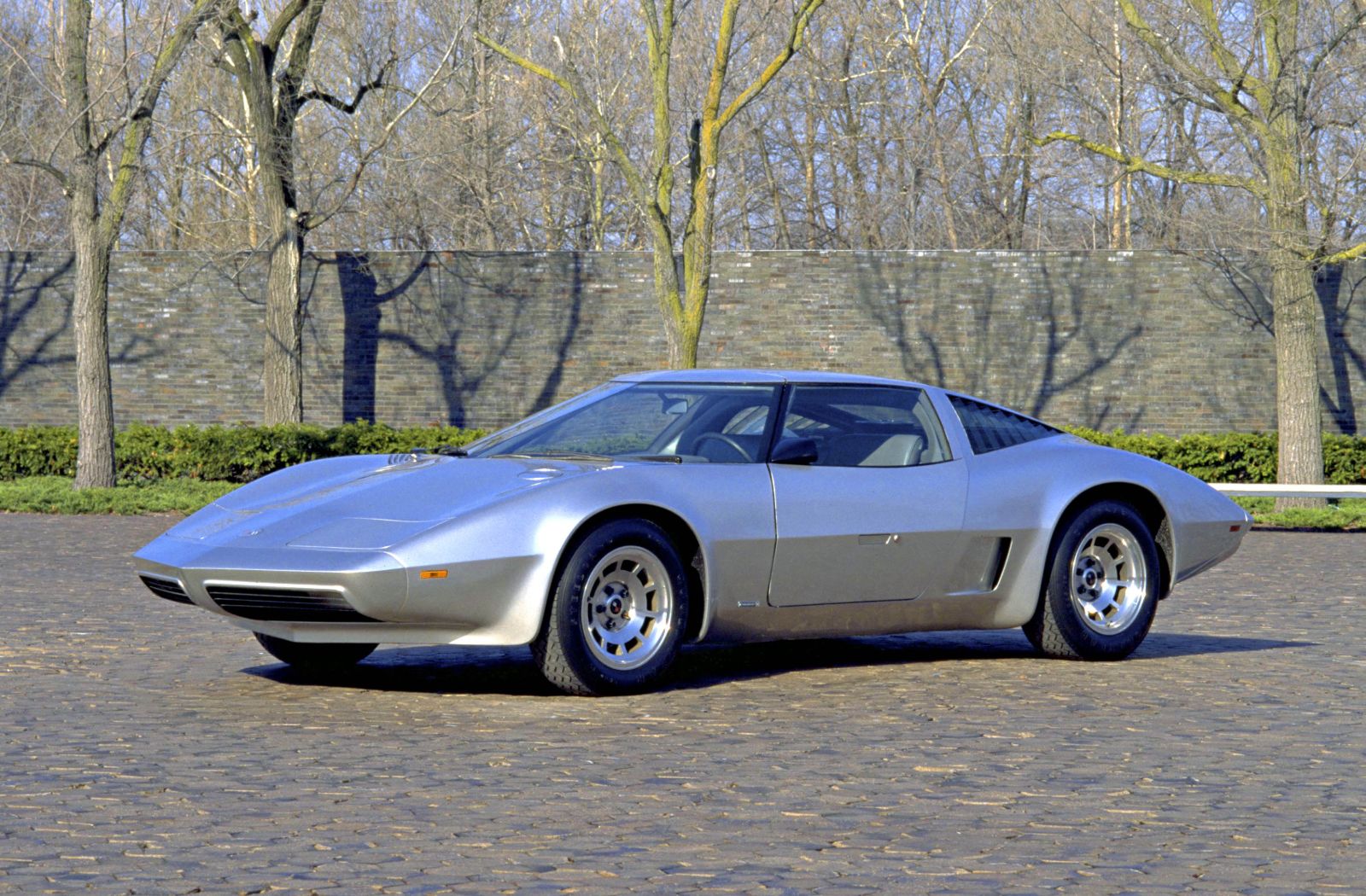
https://youtu.be/bQ9eeQwa7v0
Ping!....................
K. I. S. S.
interesting concept ... article doesn’t give enough information for a really valid assessment. The second power stroke seems to be dependent upon a lot of inefficiency in the first power stroke. Is this correct? Is there enough unburned fuel and oxygen in the cylinder after the first power stroke to even make a second power stroke?
Sounds like another ludicrous idea to meet the ridiculous CAFE standards. The auto makers will do anything to gain another 0.1 mpg.
I saw a YouTube video yesterday that taught me something I didn’t know. I always thought that auto timing belts ran dry. But about 40 years ago, a company called GAS in Germany build a wet-belt engine with the belt exposed to engine oil. That car was acquire by BMW and became their 3-Series. Lots of makers adopted the wet belt. The author of the video says it has been a disaster everywhere it’s been tried (lots of car makers adopted it) with greatly reduced timing belt life and increased belt breakage failure.

engine timing is going to be a nightmare...
Review
“intake, compression, power, and exhaust”
or as a lab technician in an engineering class I took described it
suck, squeeze, bang, blow
almost 40 years ago and I still remember
I appreciate you finding this stuff Red. I personally am not giving up on the ICE.
Of course, the downside is added complexity. …Of course the article had to say this in the second-to-last paragraph. Can’t fight thermodynamics.
The engine described does not have a power stroke on exhaust stroke, they are just compressing the exhaust gases before opening the exhaust valve.
No power is produced in the exhaust stroke in fact more work is needed to compress the already expanded gas resulted from the power stroke.
The only thing you can gain is increased power to the turbo- charger that will result in higher pressure intake air but it is not clear to me that the increased engine power resulting from the turbo air intake increase will be larger than the power it will take to increase the pressure of the already high pressure exhaust gas from the power stroke.
Unless they added the Free Energy stroke and the Zero Emissions stroke the left won’t like it.
Looks like the Mazda rotary in duplicate. Cool.
If it means noore electric cars than carry on. I’m mad at them for making the 718 electric.
Good post!

The 1973 Corvette Concept Powered by a Mid-Mounted Four-Rotor Engine
From the country that brought us the two stroke automobile engine in the famous Trabant 601. Available in a limousine or an estate body. Or if you wanted something more powerful, there’s the Wartburg 353 - three 2 stroke cylenders instead of just two.
And OBTW, the 6-stroke internal combustion engine was invented in 1915. The 6-stroke steam engine in 1883.
A co.pany as big as Porache would not do this if they expected the glorious green revolution outlawed ICE.
But still.... too many things to break.